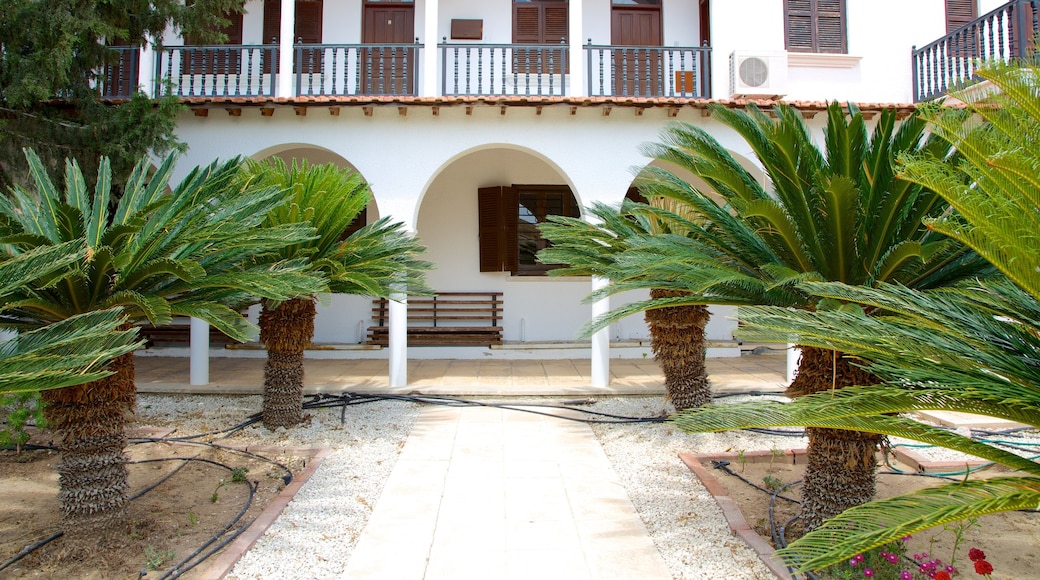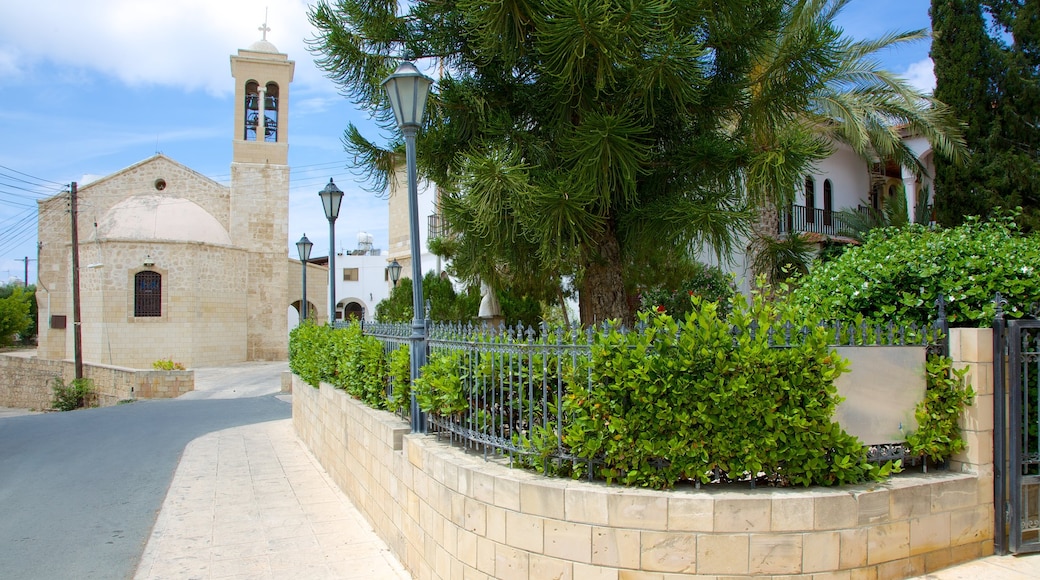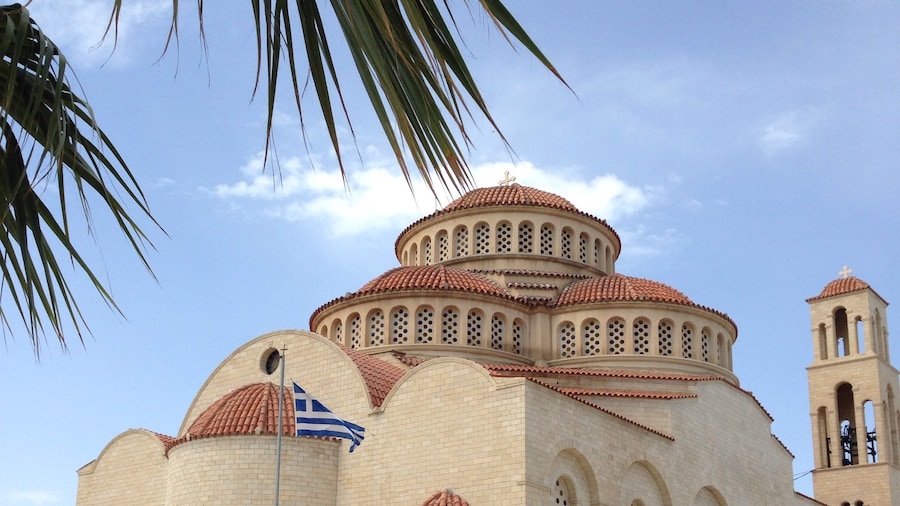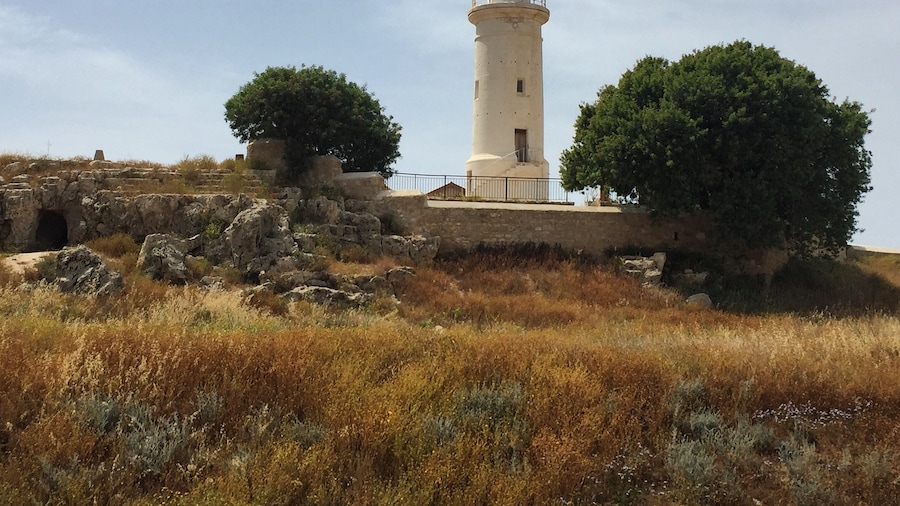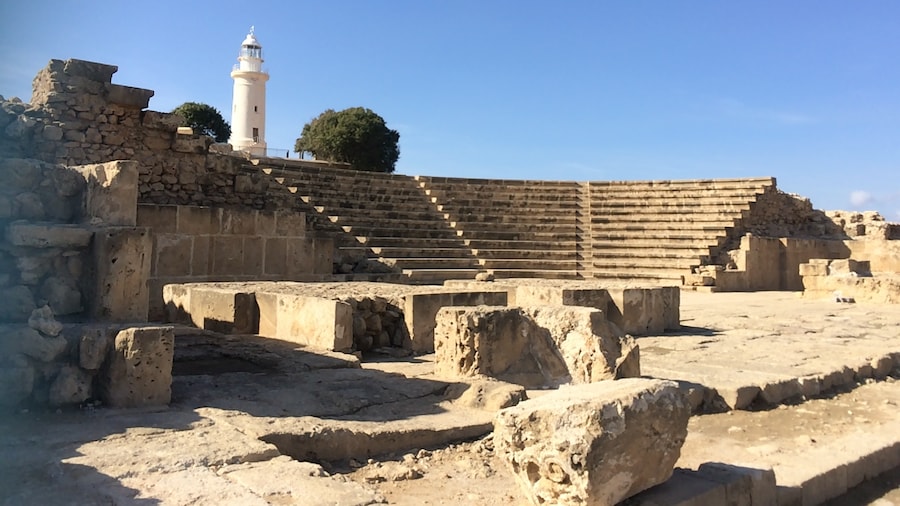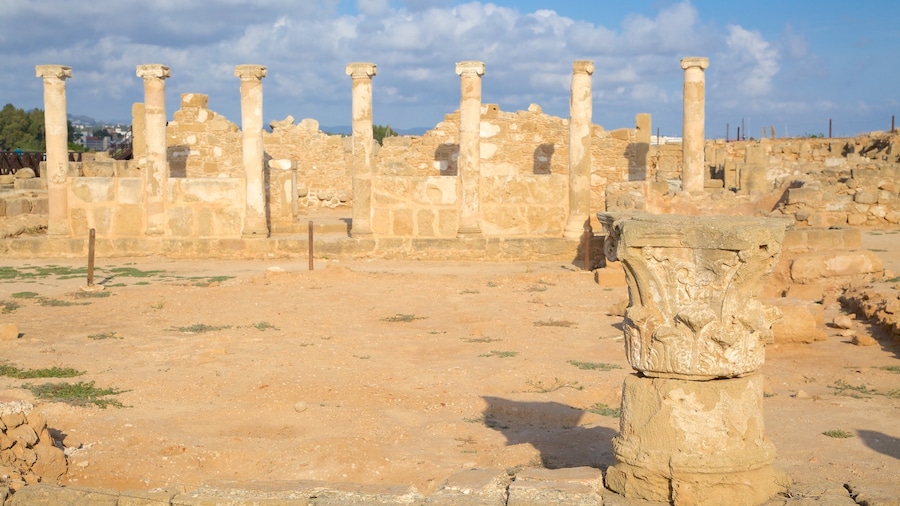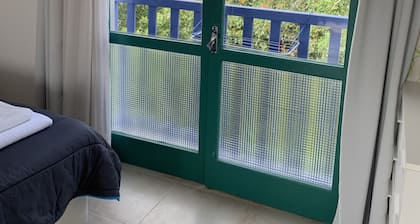Browse the remarkable collection of icons spanning many centuries in the Byzantine Museum. The relics on display range in date from the seventh to the 18th centuries, telling the story of Byzantine art in Paphos through the ages. Inspect the woodcarvings, embroideries and sculptures in the fascinating array that will show you how people lived in these times.
Pass through the site’s elegant gates to reach the front garden, decorated by exotic trees and stone features. Admire the building’s Mediterranean façade, with whitewashed walls, dark shutters on the windows and light red tiles on the roofs. The arches and slender columns add to the majesty of the structure. Sit on one of the sculpted stalls outside and contemplate the city’s intriguing past.
Paphos is one of the first parts of Cyprus where Christianity was practiced. The museum conveys this long history through its well-preserved collection of artworks.
Once inside, find the Agia Marina icon, which dates back roughly to the eighth century and is one of the oldest Christian artifacts in the country. It depicts the saint praying with her hands in the air. Browse the rest of the extensive collection of icons, most of which were created between the 12th and 18th centuries.
See elaborate frescoes that were salvaged from ruined churches over the centuries. Explore each section of the museum to get a greater understanding of the way people from Paphos lived, including their beliefs and the high standard of art at the time. The artifacts range from metal works and wooden crosses to books on music and religion and gold embroidered clothing. Examine brightly colored robes that belonged to priests.
The complex is open from morning until afternoon every day except Sunday. There is a small entrance fee.
The Byzantine Museum is next to the town hall, Municipal Gardens and the Ivis Maliotou Park in the heart of Paphos. Take a bus to one of the stops along wide roads on either side of the complex. The main bus station is just a short walk from the museum.


